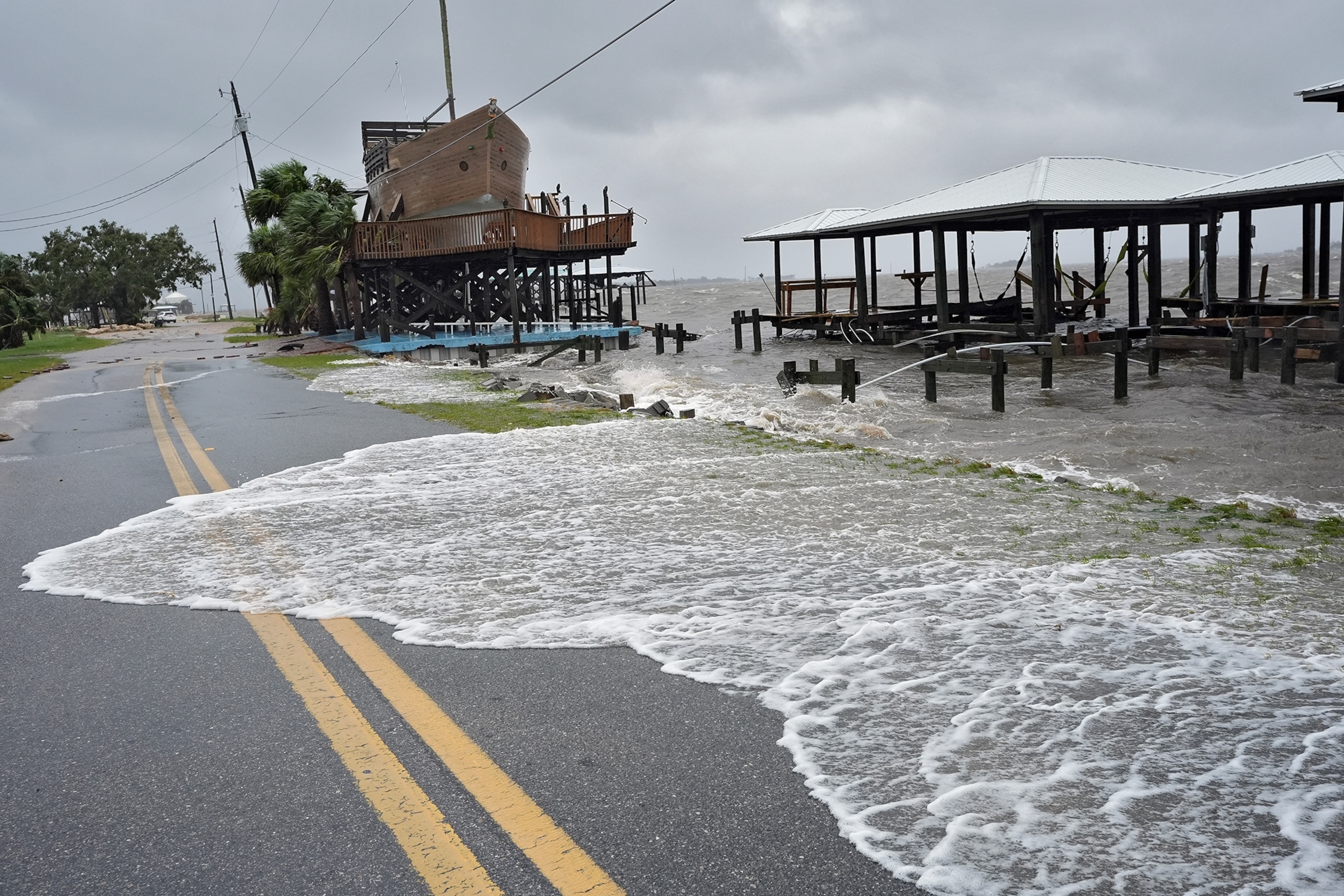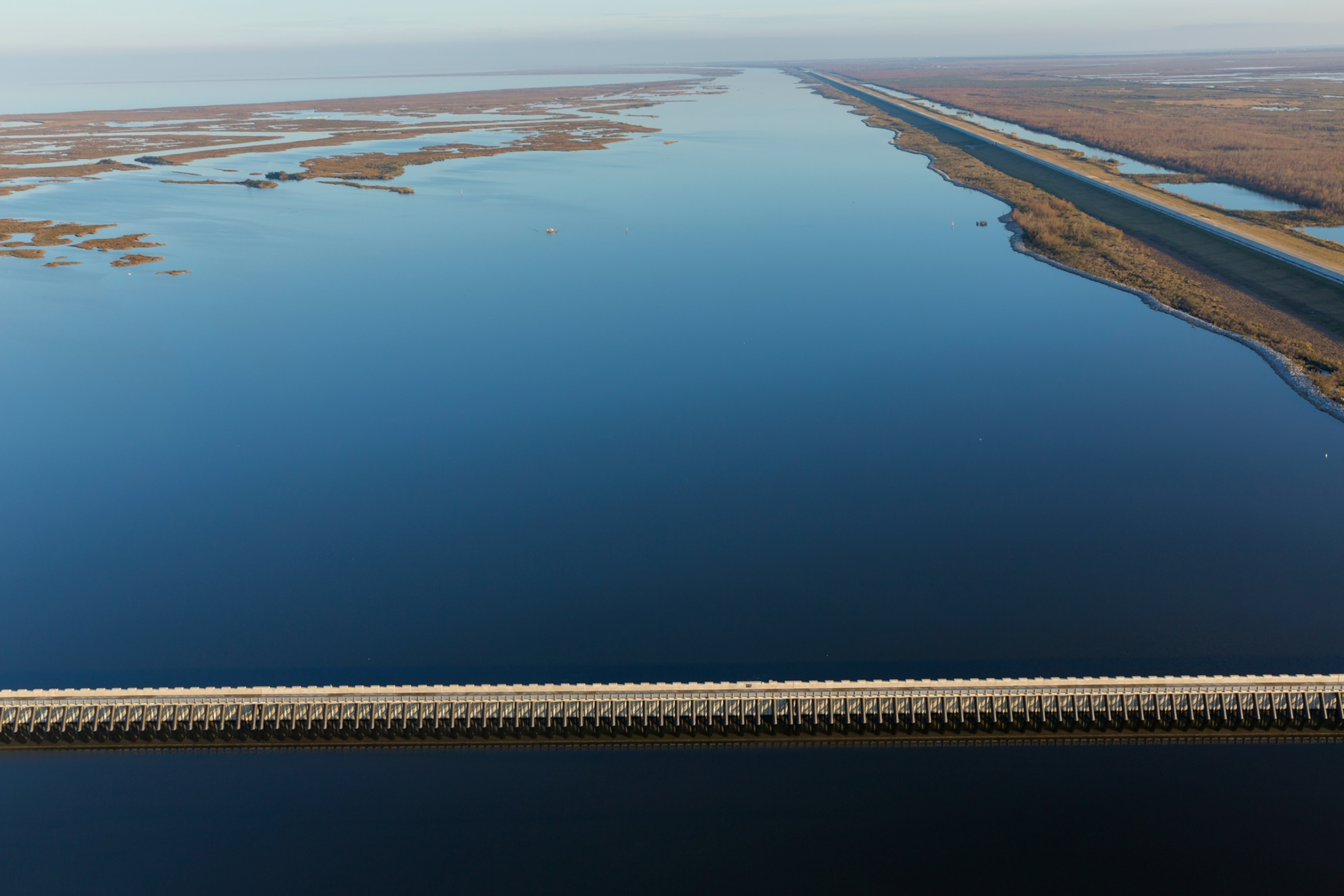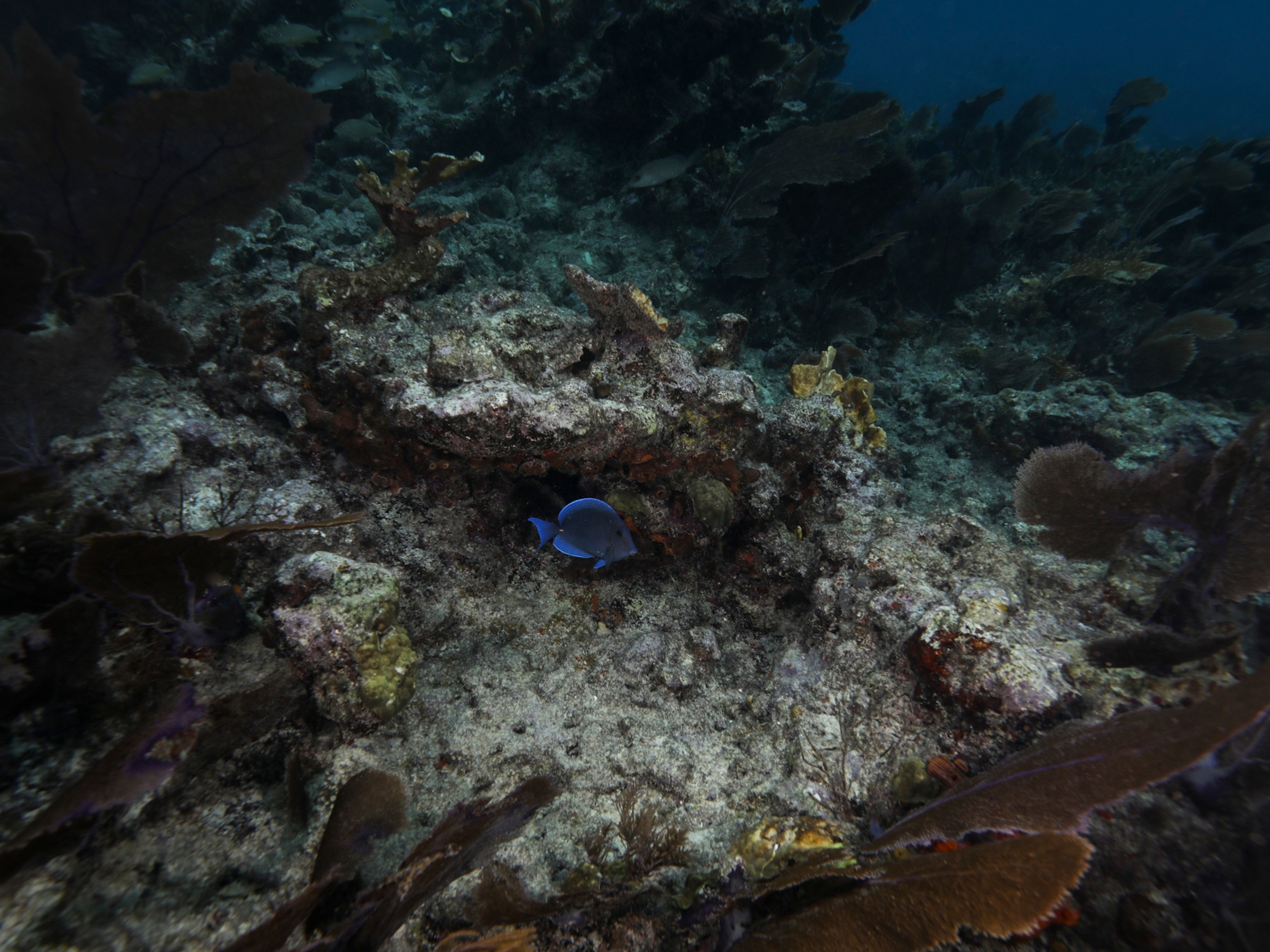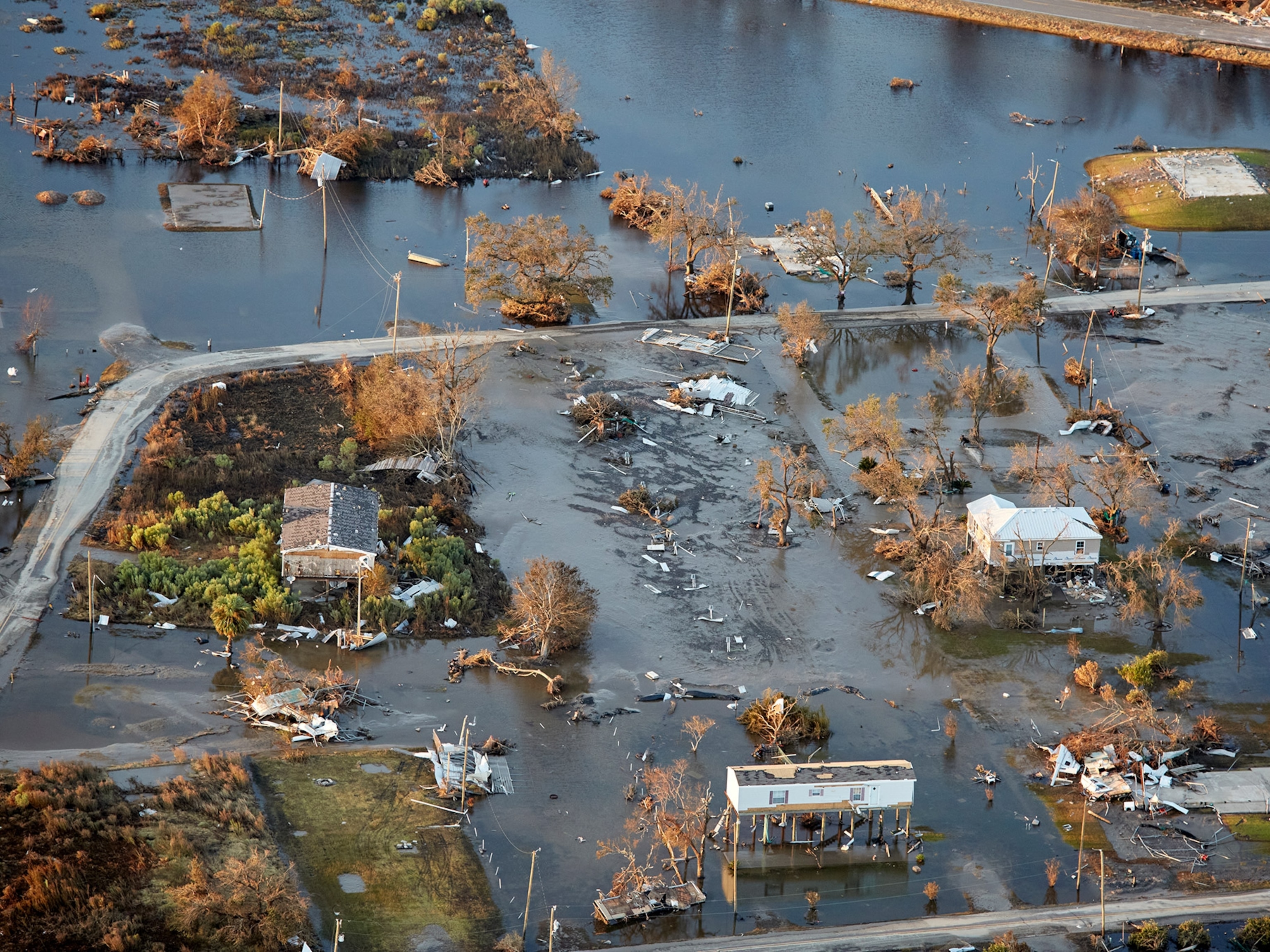Why hurricane storm surges are so dangerous
It’s not just winds that make hurricanes a threat; the storms can create walls of water that wash miles inland and cause significant damage.

Hurricanes can devastate coastal communities in many ways, from high winds to torrential rainfall. But one of the biggest dangers that a hurricane can pose is a phenomenon called a storm surge. These onslaughts of ocean water are largely responsible for the death tolls of some of the deadliest hurricanes in history, including Hurricane Katrina in 2005.
The National Oceanic and Atmospheric Administration (NOAA) defines a storm surge as the abnormal rise of water above the normal levels of the tide—meaning that a high tide can make storm surges even worse. Generally speaking, storm surges can push water tens of miles inland, causing flooding of 30 feet or more far from the coast.
Storm surges can create walls of water similar to those associated with tsunamis, but they are not the same phenomenon. Tsunamis are caused by seismic events such as earthquakes or nonseismic events such as meteorites plunging into the ocean.
Here’s a look at what causes storm surges and why they’re so destructive.
Storm surge causes
Storm surges are mainly caused by the strong, circular winds that create hurricanes or tropical storms as they move over the ocean. These winds blow on the ocean surface and transfer some of their energy to the water, creating waves on the surface and in the water columns directly below.
When this happens over very deep water, the excess energy has plenty of room to circulate. But as a storm moves toward the coast, the water becomes shallower and the ocean bottom gets in the way of that circulation. The wind-generated waves pile up instead—with nowhere to go but up and inland. The storm surge typically climaxes as a hurricane makes landfall.
Storm surge destruction
When a storm surge reaches land, the wall of waves can rush miles inland, battering anything in its path. Under the weight of that water—approximately 1,700 pounds per cubic yard—beaches erode and buildings can crumble. Storm surges can also flood inland rivers and lakes, contributing to billions of dollars of flood damage.

Most sobering, however, is the human loss attributed to storm surges. A 2014 article in the Bulletin of the American Meteorological Society found that storm surges accounted for nearly half of all Atlantic tropical hurricane deaths from 1963 to 2012, mainly due to drowning.
Why some storm surges are worse than others
Several factors can make a storm surge especially destructive. A surge will rise even higher when the winds that whip it up are stronger and faster, as well as when the storm is moving perpendicular to the coast. A larger storm not only spreads that surge across a wider swath of the ocean, but its winds also tend to last longer and cause more damage.
Certain coastal regions are more likely to face damage from storm surges, depending on their characteristics. Coastlines that curve inward or that have gently sloping continental shelves are more vulnerable to storm surges, because the water has more time to pile up as the storm gradually moves into shallower areas. Meanwhile, coastlines with natural protection such as barrier islands and inlets may be less affected.

Hurricanes don’t have to hit a Category 5 on the Saffir-Simpson Scale to produce devastating storm surges. NOAA notes that Hurricane Katrina was a Category 3 when it made landfall in Louisiana in 2005 and brought with it a 28-foot storm surge that was responsible for most of the storm’s more than 1,200 deaths. Likewise, Hurricane Ike was a Category 2 when it brought a more than 20-foot wall of water down on Galveston, Texas, in 2008.
While the National Hurricane Center does have a system in place to predict storm surges, hurricanes are notorious for their rapidly evolving conditions, which can create surges that cause various degrees of destruction. That’s why experts recommend that residents of coastal areas take evacuation notices seriously.





